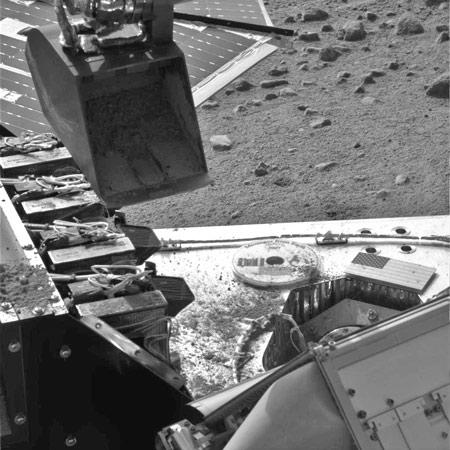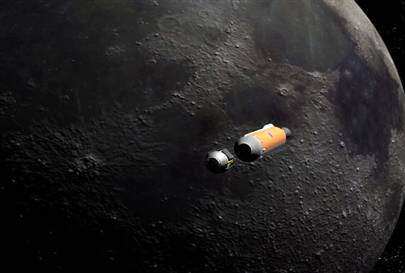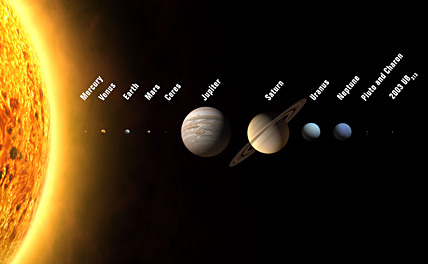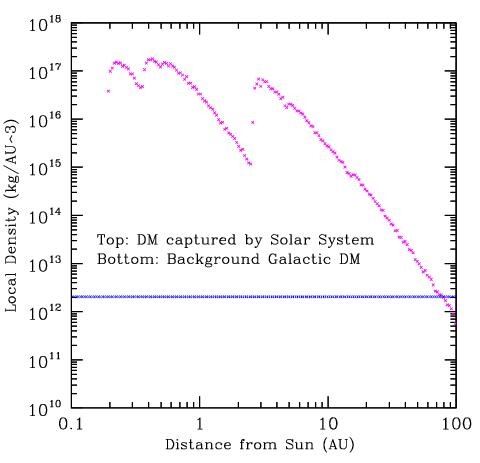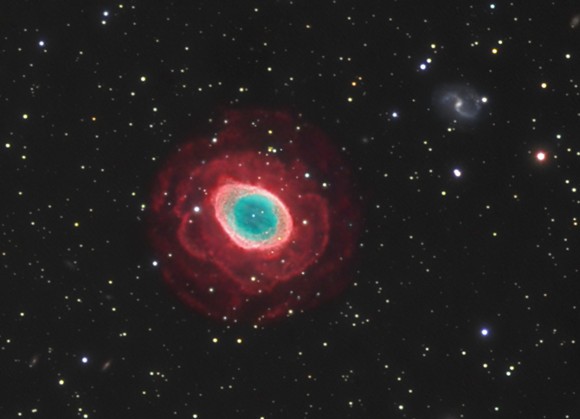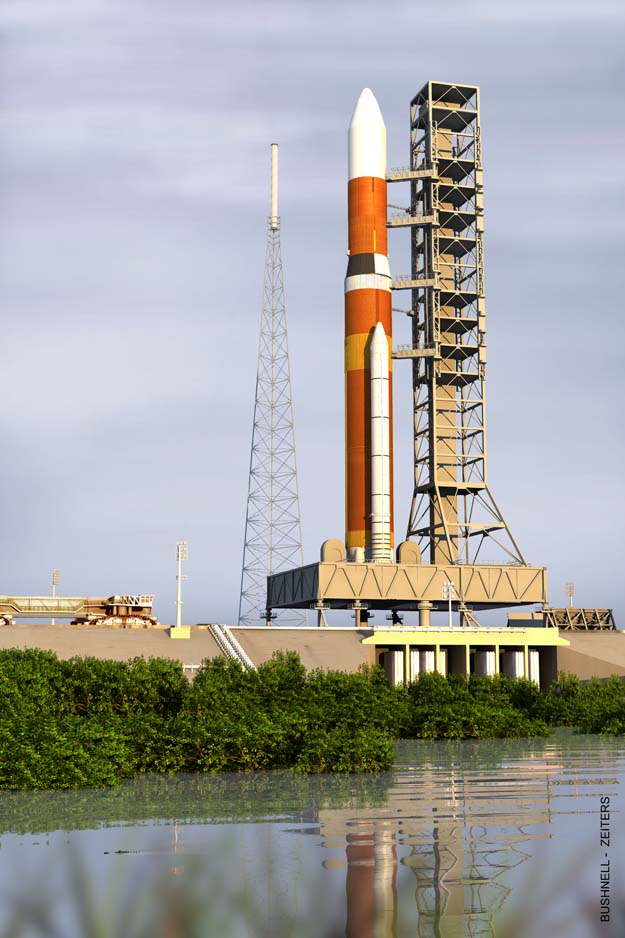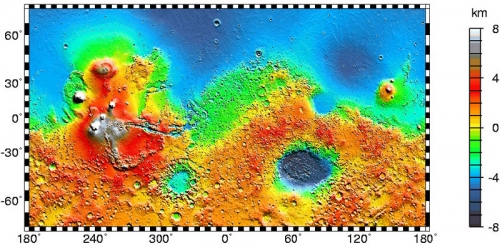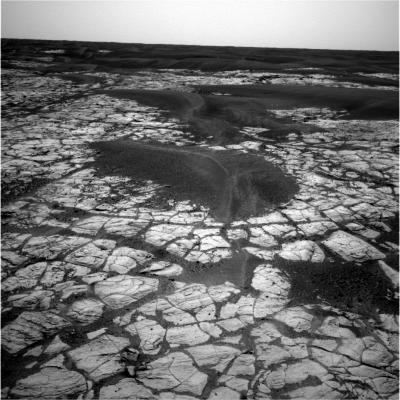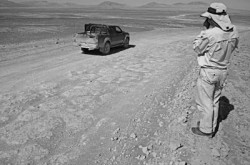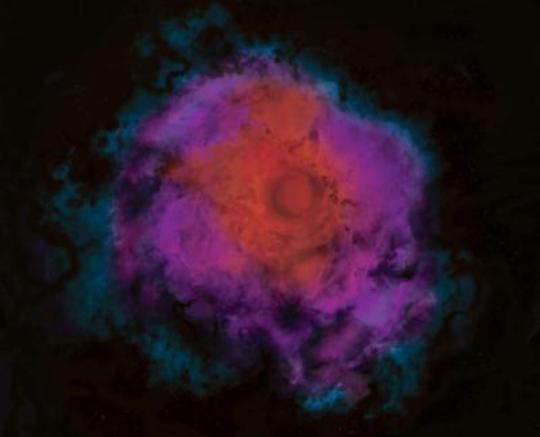Another groundbreaking discovery from Mars: Phoenix has analysed martian regolith containing minerals more commonly found in soil here on Earth, and the acidity is not a hindrance for life to thrive. These new and very exciting results come after preliminary analyses of a scoop of regolith by the landers “wet lab” known as the Microscopy, Electrochemistry and Conductivity Analyzer (MECA) instrument. Although more data collecting needs to be done, trace levels of nutrients have already been detected. This, with the recent discovery of water ice, has amazed mission scientists, likening these new results to “winning the lottery.”
The MECA instrument is carrying out the first ever wet-chemical analysis on a planet other than Earth, and these first results are tantalisingly close to providing answers for the question: “Can Mars support life?” Taken from a scoop of top-soil, the robotic digger managed to excavate a 2 cm deep ditch, delivering the sample to the MECA where analysis could be carried out. The first results from the two-day wet-lab experiment are flooding in and mission scientists are excited by the results. “We are awash in chemistry data,” said Michael Hecht of NASA’s Jet Propulsion Laboratory and lead scientist for the MECA.
The salts discovered contain magnesium, sodium, potassium and chlorine, indicating these minerals had once been dissolved in water. The knowledge that these elements exist in martian regolith is nothing new, but the fact that they would be soluble in water means they would have been available for life to form. In fact, there are some strong similarities between the mineral content and pH level of the martian surface and soils more commonly found here on Earth.
“This soil appears to be a close analog to surface soils found in the upper dry valleys in Antarctica. The alkalinity of the soil at this location is definitely striking. At this specific location, one-inch into the surface layer, the soil is very basic, with a pH of between eight and nine. We also found a variety of components of salts that we haven’t had time to analyze and identify yet, but that include magnesium, sodium, potassium and chloride.” – Sam Kounaves, Phoenix co-investigator, Tufts University.
From the question “Has Mars supported life?” to “Can Mars support life?” – The answer seems to be an overwhelming “Yes.” Although nitrates have yet to be detected, the Mars soil appears to have an alkalinity commonly found in terrestrial soils. At a pH of eight or nine, a zoo of bacteria and plants can live comfortably. Vegetables such as asparagus and turnips are farmed in soils to this degree of alkalinity. Besides, extreme forms of bacteria have been discovered in environments that resemble the alkalinity of bleach, exceeding a pH of 12. The martian surface has suddenly become a little more hospitable for life to thrive.
“Over time, I’ve come to the conclusion that the amazing thing about Mars is not that it’s an alien world, but that in many aspects, like mineralogy, it’s very much like Earth.” – Kounaves.
Although these first results are very exciting, mission scientists are staying realistic. This is only one of several tests, plus it is a sample from a single location. As the digger only scooped a sample 2 cm deep, scientists are keen to see if the regolith deeper down has similar chemistry, so the intention is to dig deeper into the same location, possibly including ice.
Aside: The term “Mars soil”, up to this point, hasn’t been technically accurate. If we look at the definition of “soil” we get:
The material on the surface of the ground in which plants grow; earth
– Cambridge Dictionaries.
The top layer of the earth’s surface, consisting of rock and mineral particles mixed with organic matter.
– Answers.com
The stuff with a red hue on Mars is actually regolith, pulverized grains of rock from hundreds of millions of years of meteorite impacts, geological activity and weathering. Until Phoenix produced these new findings, the most accurate way to describe Mars “soil” was to call it regolith. But now, it seems, Mars regolith fulfils most of the characteristics of being a soil. It contains rock, it contains minerals and it appears to have a pH capable of sustaining plant growth. But does it already contain organic matter? Whether it contains anything “organic” now is open to debate, but it might do in the future…
Sources: Phoenix (UA), New Scientist

